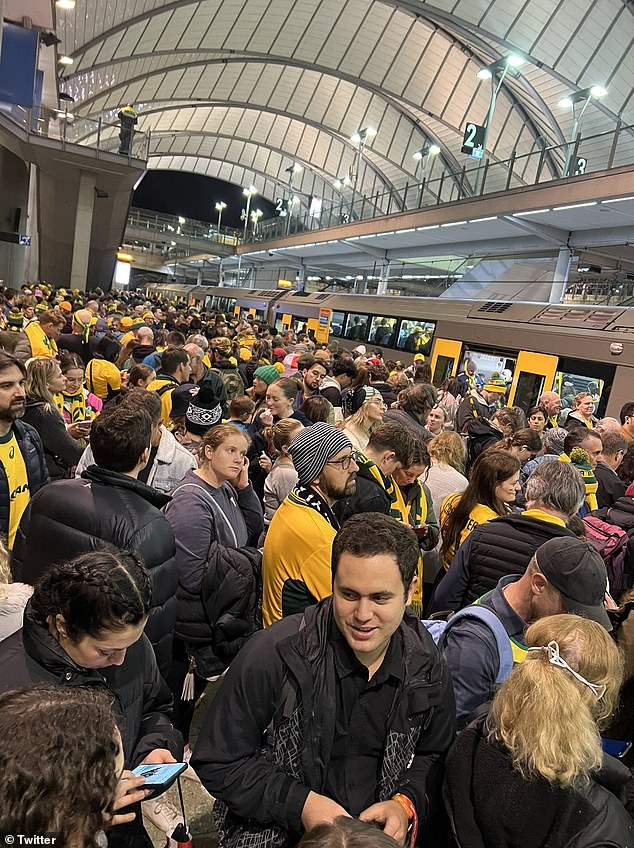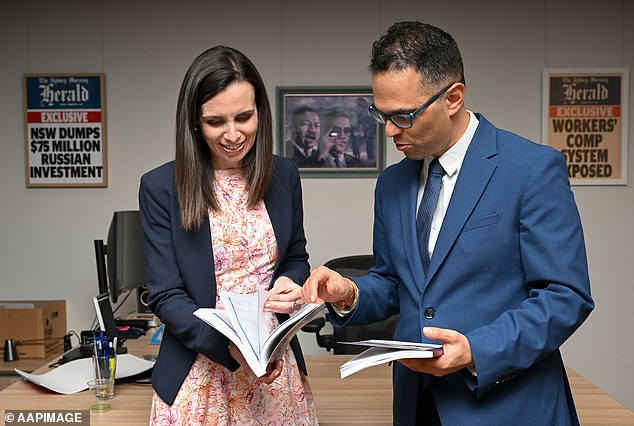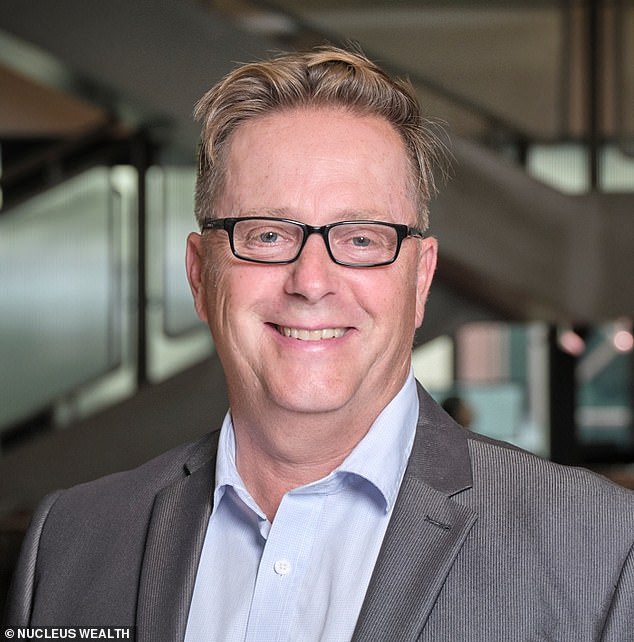How Australians are forced to live in Chinese-style high rise apartment towers because of record immigration surge
Australians are increasingly being forced to live in Chinese high-rise flats as record immigration has made homes and even some apartments so unaffordable.
The NSW Labor government has blamed a growing population for the “housing affordability crisis” as the ALP presented its first state budget since 2010.
Houses within a reasonable distance of the city are now so expensive in Sydney, Melbourne and increasingly Brisbane that middle- and middle-income earners end up living in apartments.
Those looking to buy rather than rent in Australia’s largest cities are often limited to suburban units because buying a suburban home or an inner-city unit would put them in mortgage stress.
The federal government opens the floodgates to immigration, while state governments often have to foot the bill for new social housing or bribe local councils to approve more high-rise projects.
While Canberra has established a $10 billion Housing Australia Future Fund to build 30,000 new affordable homes over five years, state governments are also left footing the bill for housing, not to mention transport congestion.
Australia’s population growth rate of 2.2 percent is already among the highest in the first world.
NSW Treasurer Daniel Mookhey’s first budget announced on Tuesday that Labor would ‘build more social and affordable housing’ with a $2.2 billion housing infrastructure plan to ‘build more homes’.
“NSW is in the midst of a severe housing crisis,” he said in his budget speech.
Australians are increasingly living in Chinese-style high-rise residential towers as record immigration has made housing so unaffordable (pictured are apartments in Epping in Sydney’s north)
‘Rents are rising. Interest rates are rising. Home ownership is declining.
‘The demand for social housing is increasing. Homelessness is worsening.
“And the next generation fears permanent eviction from safe housing.”
His budget papers blamed population growth on unaffordable housing, after the Australian Bureau of Statistics revealed a record 454,400 net migrants had moved into Australia in the year to March.
Sydney hosts a larger proportion of these new overseas arrivals, along with Melbourne in Victoria.
“The Government is committed to increasing housing supply to support the state’s growing population and help alleviate the housing affordability crisis,” NSW Treasury said.
David Llewellyn-Smith, the chief strategist of MB Super and Nucleus WealthHe said state governments were often left footing the bill for high immigration, under pressure from big business elites and Treasury bureaucrats in Canberra.
“The Australian Treasury is very committed to population growth because one of its main objectives is to keep the budget in good shape,” he told Daily Mail Australia.
“But the problem is that there is what we would call a vertical budget imbalance, which means that even though the federal budget is being restored, all the costs of population growth are going to the states.
“So their budgets are all going to be destroyed because they’re spending a fortune trying to invest in all this infrastructure.”
While the federal government boasts a record $19 billion surplus in the 2022-23 budget, NSW will have a $10.1 billion deficit for the same financial year.
A NSW surplus is not expected until 2024-25 and even then it will be just shy of $844 million.
Demand for housing is so high that the NSW Government has announced a $38.7 million Faster Planning Program, which will provide councils with incentives to speed up development applications.

The federal government opens the floodgates to immigration, while state governments are often left footing the bill for new social housing and transport congestion (pictured is Sydney Olympic Park train station)

NSW Treasurer Daniel Mookhey has declared the state is in the midst of a ‘severe housing crisis’ (he is pictured left with Finance Minister Courtney Houssos)
The community of Woollahra, in the wealthiest part of Sydney’s exclusive eastern suburbs near the city, is on the list, along with local government areas where actually more migrants live, including Fairfield.
Since there is a shortage of houses, the state budget has allocated $300 million in reinvested dividends to enable Landcom, the state government’s property developer, to deliver a further 1,409 affordable homes and 3,288 market homes over the 2039-2040 period.
Landcom has also been allocated a further $60 million to deliver 100 new-build homes on the South Coast and Northern Rivers, with a target of 20 per cent affordable rental housing.
Mr Llewellyn-Smith said high population density has damaged living standards, while Australia is in a per capita recession, where output for each individual is declining.
“The vast majority of people are going backwards – it’s fair to characterize that as a class war,” he said.
“The federal government has a vested interest in the model: the higher population helps repair the budget even as living standards decline.
“This whole thing is about a political economy in which you have an elite group of big corporations who are winners and you have politicians who can claim to be doing a good job.”

MB Super and Nucleus Wealth chief strategist David Llewellyn-Smith said state governments were often left footing the bill for high immigration, under pressure from big business elites and Treasury officials in Canberra.
Western Sydney was already taking in a higher proportion of migrants before Australia reopened its borders, while the wider Parramatta area saw a 10 per cent population increase to 493,515 between the 2016 and 2021 censuses.
Mr Llewellyn-Smith said the ‘extreme’ population growth was making it difficult to accommodate so many new residents.
“When you have population growth that quickly, you absolutely cannot plan for and house that many new people,” he said.
“So you get all these spillovers into lower living standards, and that’s what really happens.”
Nearly a third, or 30.9 percent, of the capital’s housing stock now consists of apartments, up from 22.9 percent in early 2010, CoreLogic data shows.
But in Sydney, the average apartment price of $822,145 is so expensive that an average full-time worker earning $95,581 would be in mortgage stress, even with a 20 per cent mortgage deposit.
That’s because a $657,716 mortgage would be above the “six” threshold, defined as a dangerous level of debt.
